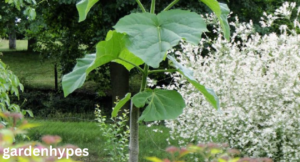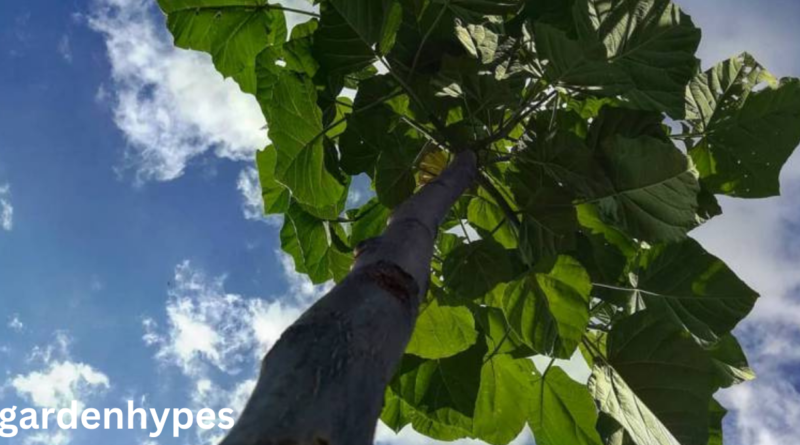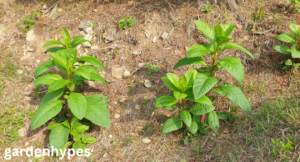large tall weeds with thick stalks What They Are and Why They Matter
Introduction
If you’ve ever walked through an empty field, along the edge of a pasture, or even glanced at your backyard after a few weeks of neglect, you’ve probably noticed them—those towering large tall weeds with thick stalks so thick they look more like small trees than weeds. They stand there stubbornly, refusing to go down no matter how many times you cut or mow them.
click in link will epsom salt melt ice
But what are these plants, really? And why do they always seem to come back stronger after you get rid of them?
The truth is, tall weeds with thick stalks are some of the toughest plants out there. Unlike smaller weeds that creep across the ground, these ones shoot up high, competing directly with grass, flowers, and crops for sunlight. Their stalks are fibrous and hard to break, while their roots dig deep into the soil, making them difficult to pull out completely. Some species can grow several feet in just a few weeks.
Still, they’re not always just troublemakers. Some tall weeds help protect soil from erosion, others attract pollinators, and a few even signal that your soil has certain nutrients, like nitrogen. In that way, they’re like messengers from the ground.
Of course, when left unchecked, they spread fast, take over your space, and make yards or fields look abandoned. Once they’ve settled in, their tough stalks and strong roots make them frustrating to remove. That’s why it’s important to know which weeds you’re dealing with and how to manage them before they spread further.
This guide will walk you through the most common tall weeds with thick stalks, how to identify them, the problems they cause, and the best ways to deal with them.
Common Traits of Thick-Stemmed Weeds
Some weeds are delicate and easy to pull. Others—like these—are built to survive. Here are a few traits they share:
- Growth style: They grow upright, often with a single thick stalk that can reach anywhere from 3 to 12 feet tall. Cutting them feels more like trimming a shrub than pulling a weed.
- Life cycle: Some are annuals (grow, seed, and die in one season), while others are perennials that return year after year. Perennials are especially tough because chopping them down usually just encourages new growth.
- Seed production: These weeds are prolific. One pokeweed can release thousands of seeds in a single season. Many of those seeds can stay dormant in the soil for years, waiting for the right conditions.
- Leaves: Broad, wide leaves let them soak up as much sunlight as possible, shading out smaller plants around them.
- Flowers and seeds: Their flowers aren’t always showy, but they’re effective. Some weeds produce burrs that stick to fur or clothes, while others release lightweight seeds that blow easily in the wind.

Simply put, these weeds are survival specialists. Every part of them—the stalks, leaves, roots, and seeds—is designed to outcompete the plants around them.
Common Tall Weeds with Thick Stalks
Here are a few you’re most likely to come across:
- Giant Ragweed (Ambrosia trifida): Can reach 12 feet, with thick woody stalks and lobed leaves resembling maple. A major source of seasonal allergies.
- Pigweed (Amaranthus species): Resistant to many herbicides, this weed grows aggressively in farm fields, often competing with corn and soybeans.
- Horseweed (Conyza canadensis): Also called marestail. It can grow 6 feet tall, with hairy stalks. Loves disturbed soil.
- Burdock (Arctium species): Easy to spot by its huge leaves and burrs that stick to anything they touch.
- Pokeweed (Phytolacca americana): Tall with reddish-purple stalks and dark berries. Looks striking, but is toxic.
- Thistles (Cirsium & Carduus species): Known for sharp spines and thick stalks. Painful to handle and quick to spread.
Each one comes with its own set of challenges, but all are tough to control once they’ve established themselves.

How to Identify Them
Just looking at the height isn’t enough. Pay attention to:
- Stalks: Smooth, hairy, rough, or reddish in color.
- Leaves: Lobed, spiny, or broad.
- Flowers/seed heads: Tiny clusters, burrs, berries, or purple blooms depending on the plant.
- Overall size: Compare with surrounding vegetation.
Asking these quick questions can help you figure out which weed is taking over.
Why They’re a Problem
At first, tall weeds might look like just part of the scenery. But if left alone, they create big issues:
- They compete for resources – taking light, water, and nutrients away from crops, grass, or flowers.
- They attract pests – beetles, caterpillars, and other insects thrive on them and spread to other plants.
- They spread rapidly – pokeweed and burdock alone can release thousands of seeds each season.
For homeowners, the problem is usually appearance. For farmers, it’s more serious: lost yield, higher costs, and stubborn herbicide-resistant weeds.
Bottom line: tall weeds with thick stalks aren’t just messy-looking—they’re aggressive invaders that need consistent control.
click in link will epsom salt melt ice
faqs
- Why do tall weeds with thick stalks keep coming back after I pull them?
Most of these weeds have deep, strong root systems. Even if you pull the stalks, bits of root often remain underground. Those roots send up new shoots, which is why the weeds seem to “come back from the dead.” - Are tall thick-stemmed weeds harmful, or can they be useful?
They’re mostly considered pests, but some do have benefits. For example, they can prevent soil erosion, provide nectar for pollinators, or even indicate soil conditions. That said, if you’re growing crops or maintaining a lawn, their downsides (like competing for nutrients) usually outweigh the benefits. - What’s the easiest way to get rid of weeds like pokeweed or giant ragweed?
There isn’t a single “easy” solution. For small infestations, hand-pulling (roots and all) works best. For larger patches, mowing or cutting before they flower can slow their spread. In farm settings, targeted herbicides may be needed, especially against resistant weeds like pigweed. - How can I tell the difference between a weed and a wildflower?
It often comes down to intent. If the plant is growing where you don’t want it, it’s a weed. For identification, look at stalks, leaves, and seed heads. Wildflowers usually have more showy blooms, while weeds like horseweed or ragweed produce less noticeable flowers designed mainly for seed production. - Can I compost tall weeds with thick stalks?
It’s tricky. If the weeds haven’t gone to seed, you can compost them after chopping the stalks into smaller pieces. But if they’re already flowering or seeding, it’s risky—the seeds can survive composting and spread when you use the compost later.

